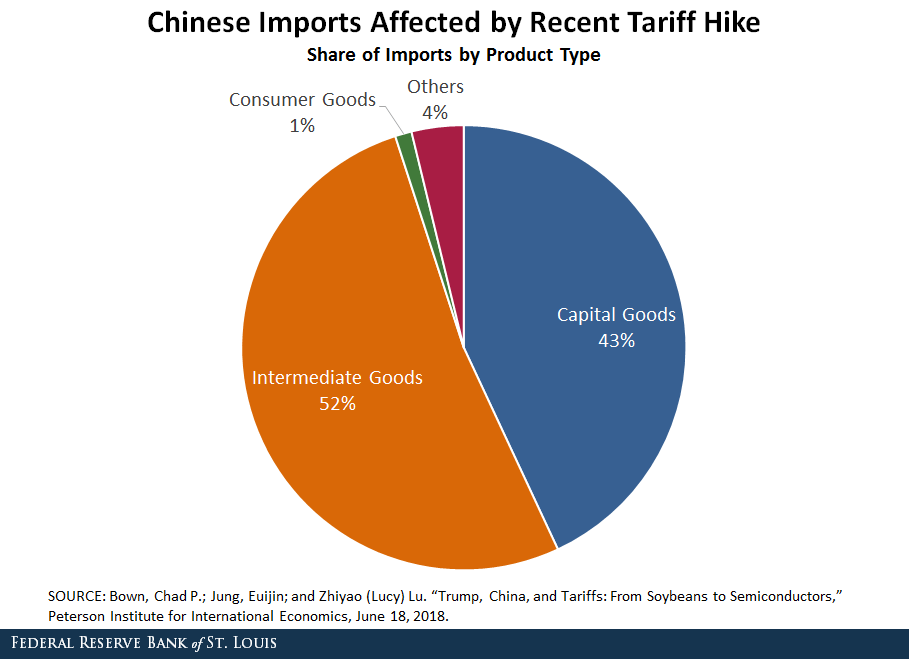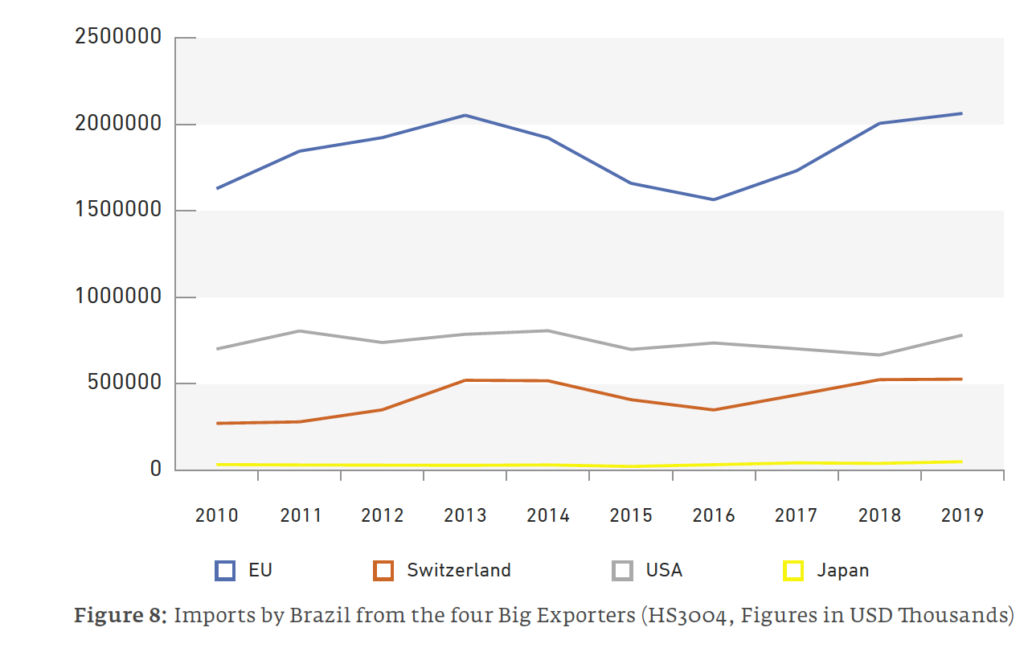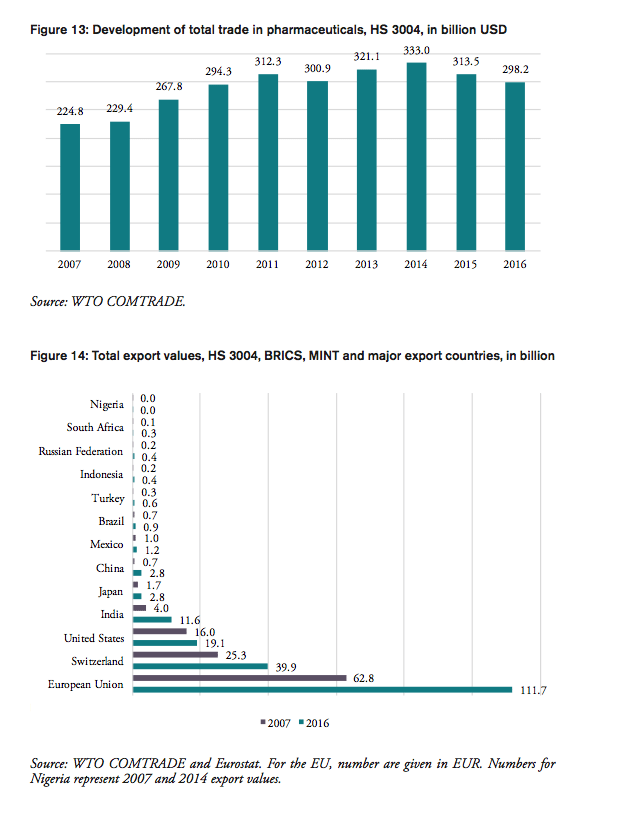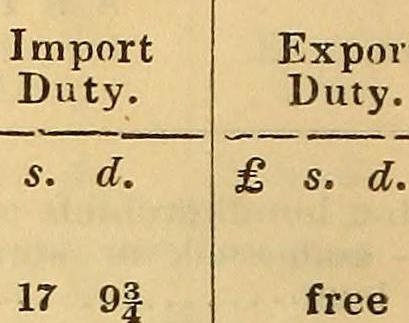:max_bytes(150000):strip_icc()/TariffsAffectPrices1_2-e3858c9eddb649a8b3ffc70af1f9938b.png)
The ongoing debate about pharmaceutical tariffs has sparked intense discussion among policymakers, industry experts, and healthcare professionals. The Brookings Institution, a renowned think tank, has weighed in on the issue, posing a critical question: Will pharmaceutical tariffs achieve their intended goals? In this article, we'll delve into the complexities of pharmaceutical tariffs, their potential consequences, and the insights offered by Brookings.
Understanding Pharmaceutical Tariffs
Pharmaceutical tariffs refer to taxes or duties imposed on imported medicines and pharmaceutical products. The primary objective of these tariffs is to protect domestic industries, encourage local manufacturing, and reduce reliance on foreign suppliers. Proponents of pharmaceutical tariffs argue that they will lead to increased domestic production, improved quality control, and enhanced patient safety.
The Brookings Institution's Perspective
The Brookings Institution has examined the potential effects of pharmaceutical tariffs and raised important concerns. According to their analysis, tariffs may not necessarily achieve their intended goals. Instead, they may lead to unintended consequences, such as:
Higher costs for consumers: Tariffs can increase the prices of imported medicines, making them less affordable for patients.
Reduced access to essential medicines: Tariffs may limit the availability of certain medicines, particularly those that are not manufactured domestically.
Negative impact on global supply chains: Tariffs can disrupt international trade relationships, leading to shortages and delays in the delivery of critical medicines.
Will Tariffs Boost Domestic Manufacturing?
One of the primary goals of pharmaceutical tariffs is to stimulate domestic manufacturing. However, Brookings' analysis suggests that this may not be the case. The pharmaceutical industry is complex, with intricate global supply chains and high research and development costs. Tariffs may not be sufficient to offset these costs, and domestic manufacturers may still struggle to compete with foreign suppliers.
Alternative Solutions
Rather than relying solely on tariffs, Brookings recommends exploring alternative solutions to promote domestic manufacturing and improve patient access to essential medicines. These solutions include:
Investing in research and development: Governments can provide incentives for domestic manufacturers to invest in R&D, leading to the development of new and innovative medicines.
Streamlining regulatory processes: Simplifying regulatory frameworks can reduce the time and cost associated with bringing new medicines to market.
Enhancing international cooperation: Collaborating with foreign governments and industry partners can help ensure a stable and secure global supply chain.
The debate surrounding pharmaceutical tariffs is complex and multifaceted. While the intention behind these tariffs is to protect domestic industries and improve patient safety, the reality may be more nuanced. As the Brookings Institution's analysis suggests, tariffs may not achieve their intended goals and may even lead to unintended consequences. Instead, policymakers should consider alternative solutions that promote domestic manufacturing, improve access to essential medicines, and foster international cooperation. By taking a more comprehensive approach, we can ensure that patients have access to the medicines they need, while also supporting the growth and development of the pharmaceutical industry.
Note: This article is for general information purposes only and is not intended to provide medical or financial advice.
:max_bytes(150000):strip_icc()/TariffsAffectPrices1_2-e3858c9eddb649a8b3ffc70af1f9938b.png)


![[Infographic] Section 301 Tariffs: U.S. & China | Trade War | TRG Peak Blog](https://traderiskguaranty.com/trgpeak/wp-content/uploads/2019/07/trg-section-301-us-china-trade-war-infographic-1.png)





